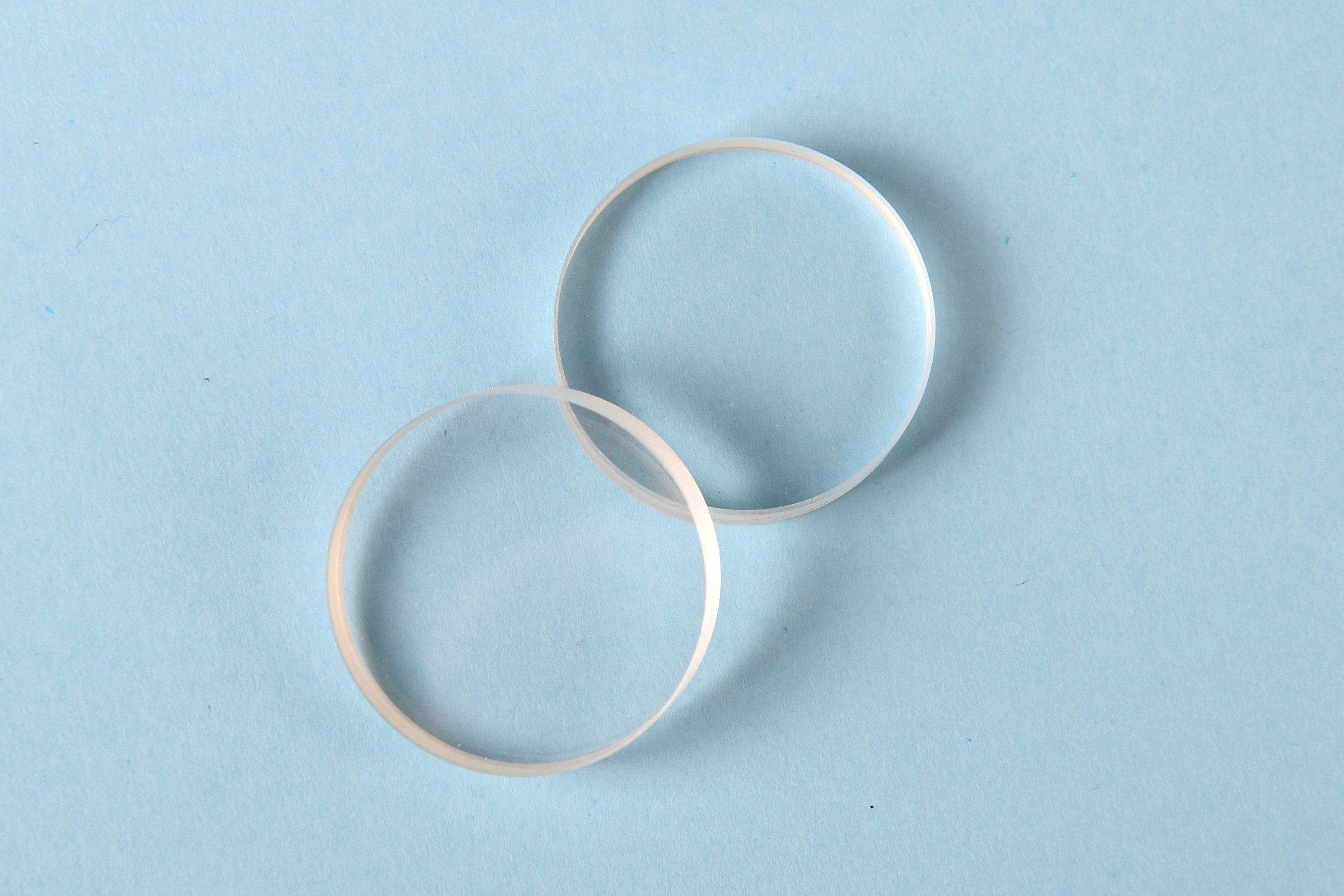Crystal optics is a branch of science that studies the propagation of light in a single crystal and its associated phenomena. The propagation of light in cubic crystals is isotropic, no different from that in homogeneous amorphous crystals. In the other six crystal systems, the common characteristic of light propagation is anisotropy. Therefore, the research object of crystal optics is essentially anisotropic optical medium, including liquid crystal.
The propagation of light in an anisotropic optical medium can be solved simultaneously by Maxwell’s equations and the matter equation representing anisotropy of matter. When we discuss the plane wave case, the analytic formula is complicated. When the absorption and optical rotation of crystal are not considered, geometric drawing method is usually used in practice, and refractive index ellipsoid and light wave surface are more commonly used. The experimental instruments commonly used in crystal optics are refractometer, optical goniometer, polarizing microscope and spectrophotometer.
Crystal optics has important applications in crystal orientation, mineral identification, crystal structure analysis and researches on other crystal optical phenomena such as nonlinear effects and light scattering. Crystal optical components, such as polarizing prisms, compensators, etc. are widely used in various optical instruments and experiments.
WISOPTIC Polarizers
Post time: Dec-02-2021

